Saint of the Day – 1 February – Blessed Reginald of Orléans OP (c 1180 – 1220) Priest and Friar of the Order of Preachers, Canon Lawyer, renowned Preacher, Born in c 1180 in Orléans, France and died in early February 1220 in Paris, France of natural causes. Also known as – Réginald de Saint-Gilles, Reginaldo… Additional Memorial – 12 February (Dominicans).
Reginald of Orleans was known, even during his lifetime, for his brilliance, his prayer, his austerity and his kindness toward others, especially the poor. Originally a powerful Preacher and esteemed Canonist associated with the University of Paris, Reginald encountered St Dominic in Rome. Reginald was captivated by the apostolic way of life championed by Dominic and decided to join the newly-founded Order. Blessed Reginald is one of the great early Dominicans who were acquainted with Dominic himself and seemed to be given a share of the Founder’s spirit.
Blessed Reginald’s life story can be divided into two parts: one before he met St Dominic,and the other, after he had met the Founder. He was born in Orleans, France in c 1180 and having been Ordained a Priest, he had become a Doctor of Canon Law and a well-known figure in the Church in Paris. Many must have looked at him and thought that he had everything he wanted. But, in reality, he was feeling dissatisfied with his life: as was commonplace in the Church in those times he had a very comfortable and well-off lifestyle, yet he knew that his calling from Jesus Christ was to something greater than mere comfort and prestige. And so he was in a dilemma.
In the year 1218 Reginald was in Rome, when he fell seriously ill. As it happened, Dominic was also in Rome and a mutual acquaintance told him about the condition of Reginald, so that he went to visit him. The biographers tell us, that there was immediately, a perfect understanding between the two men – Reginald saw, that the new Dominican Friars were living the sort of ideal he had been longing for and there and then, he made his religious profession into the Order of Preachers. There was a great sign given to mark this moment of decision: as Reginald lay sick, his life in danger, he was favoured with a vision of the Blessed Virgin Mary who anointed him with oil and held out to him the Dominican habit. Blessed Reginald found himself completely cured and began with great energy to live the Dominican life.
It was quickly apparent to everyone, that he was a changed man. In the City of Bologna where he was assigned and became the Prior of the Dominican Convent there, he became known to the whole City, as a great Preacher of the Gospel, preaching with overflowing faith and conviction. An early biographer wrote, that his preaching ‘like a burning torch, inflamed the hearts of all his hearers. Very few people were so stony-hearted that they could resist the effects of this fire.’.
And, if it is a mark of a true apostle, that he will gather followers to his side, then Reginald, more than passed the test: he attracted a great number in Bologna to join him in the Order of Preachers. Many of them were like him, educated university men and like him, they found the Gospel way of life they had been looking for.
Blessed Reginald was not to enjoy a long life as a Dominican. Early in 1220 he again became ill and this time he died peacefully. . But his place in the history of the Dominican family was assured by the memories of those who had known him in Bologna and had seen a saintly apostle on fire with the love of God and of souls. His meeting with St Dominic gave the final meaning to his life – the beautiful calling, which is given to all those who follow the Lord, to preach the Gospel of Jesus in word and in deed.
“I have no fears for the struggle, nay, I rather look forward to it with impatience, for ever since the Mother of God anointed me with her virginal hands in Rome, I have never ceased to put my whole trust in her and now joyfully await the hour of my deliverance, that I may hasten to see her once more. However, that I may not seem to make little of the Church’s anointing, I profess myself willing to receive it and I humbly ask for it at your hands.”– the final words of Blessed Reginald.
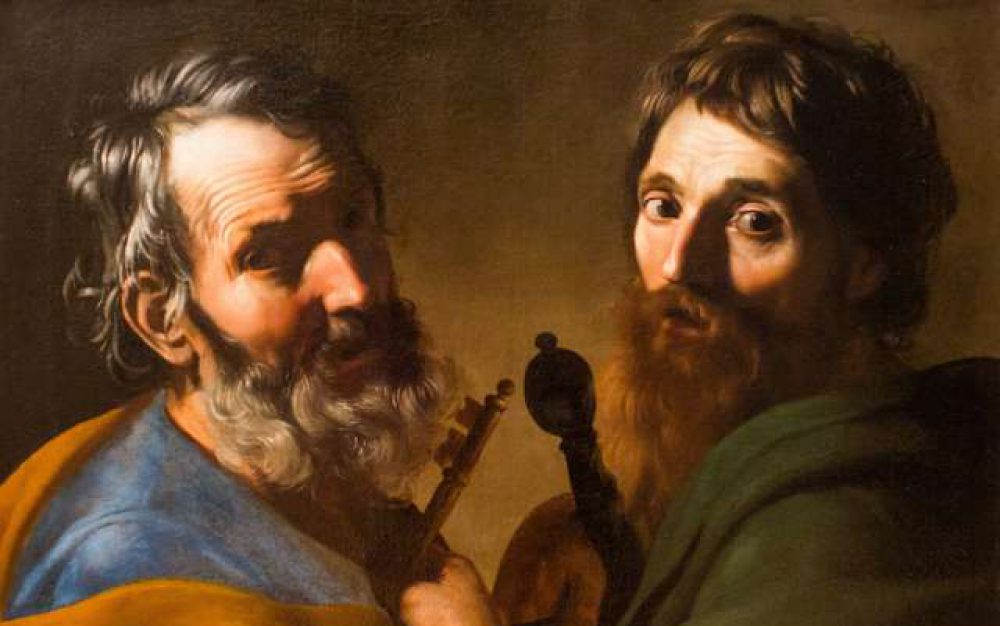
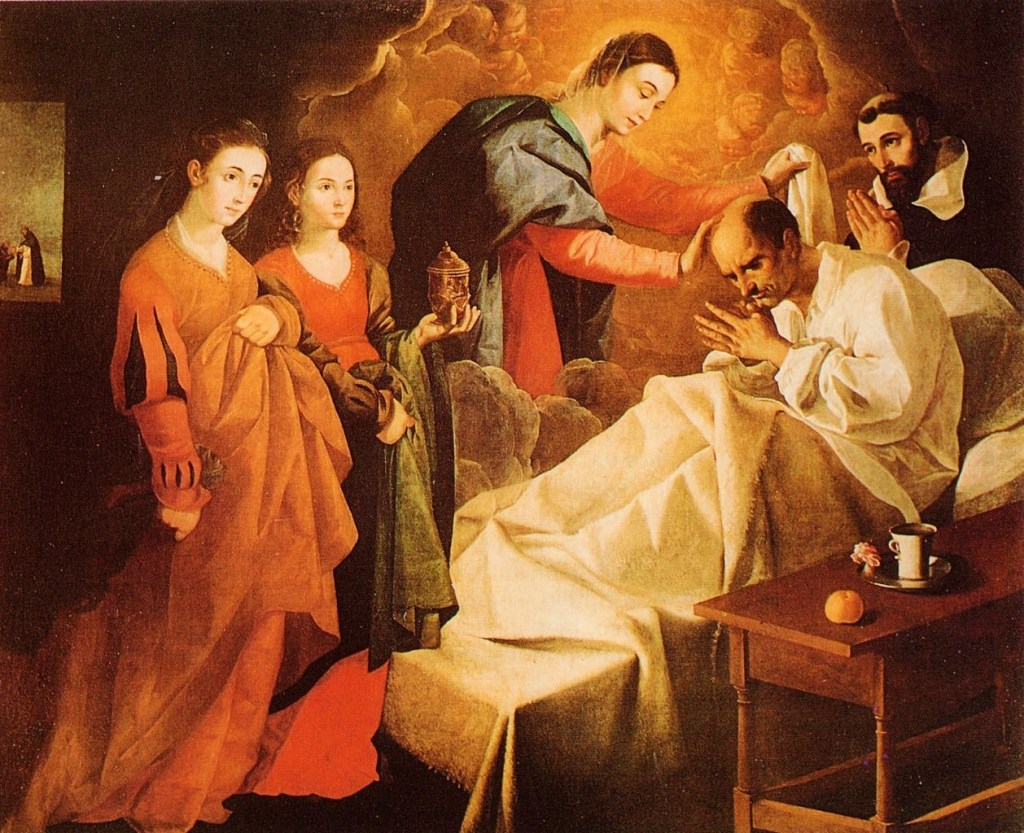
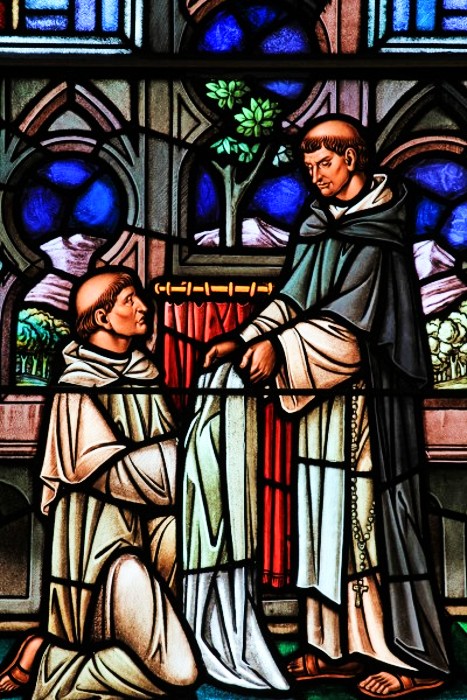

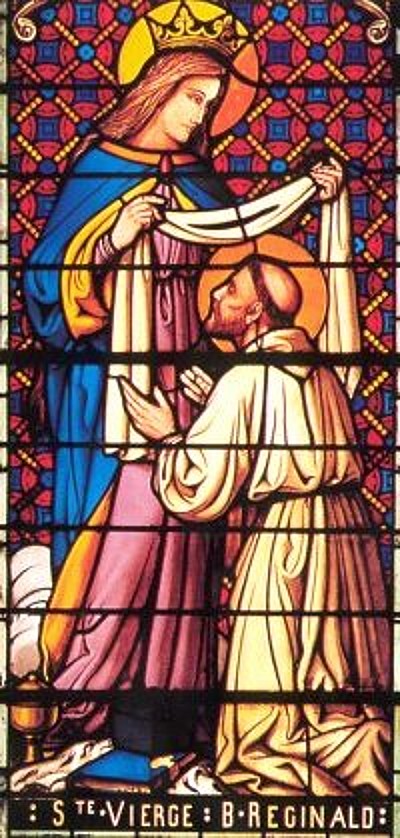
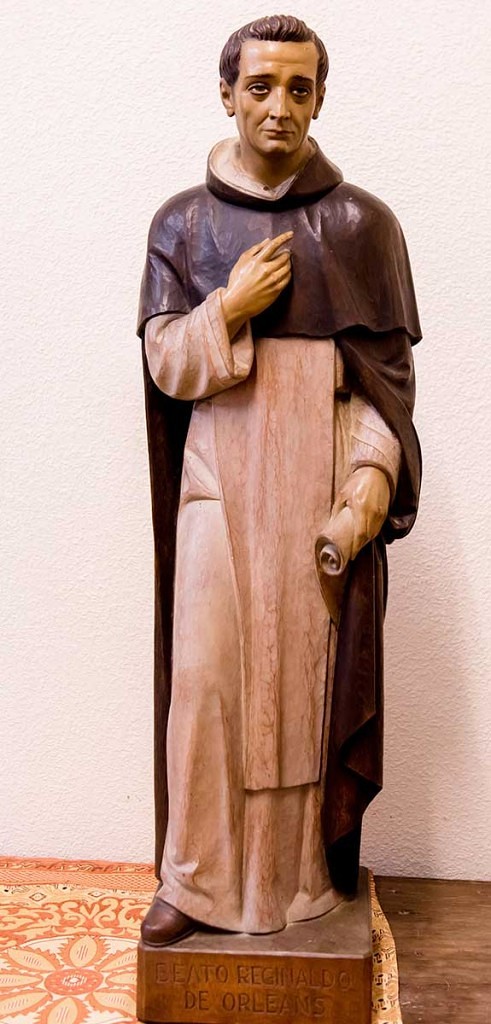
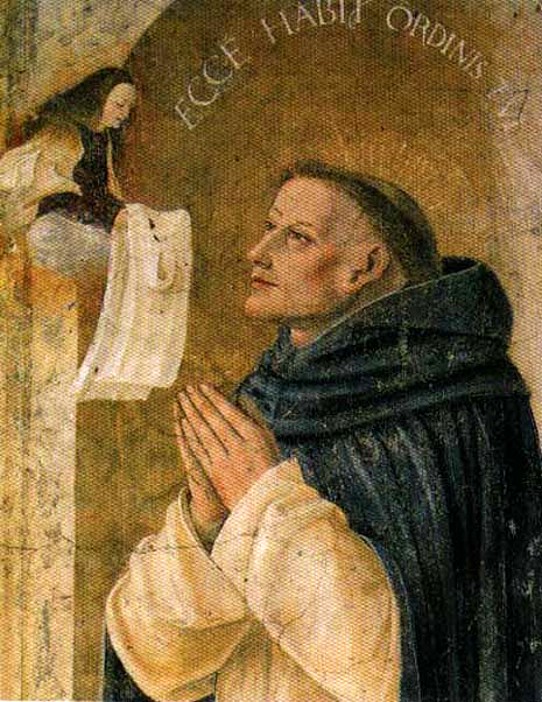
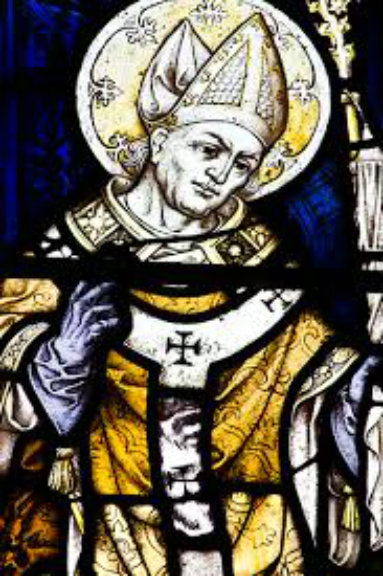
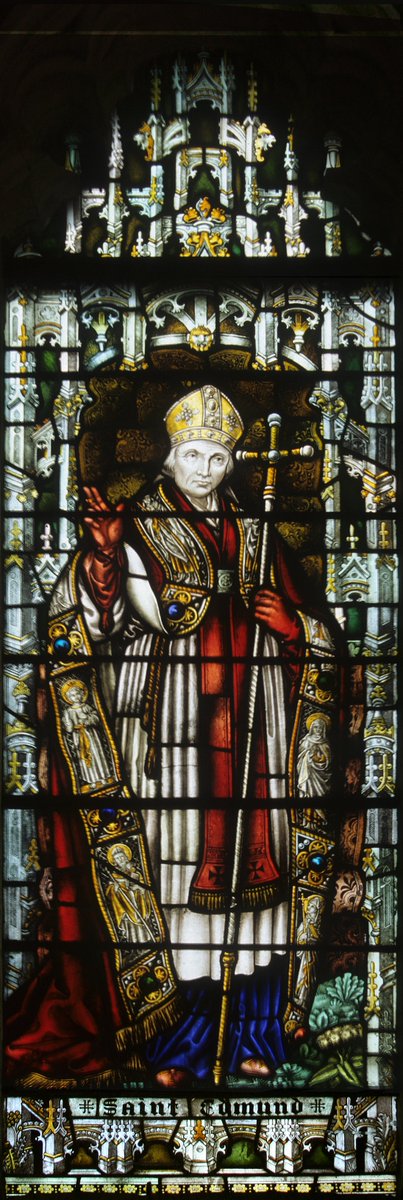

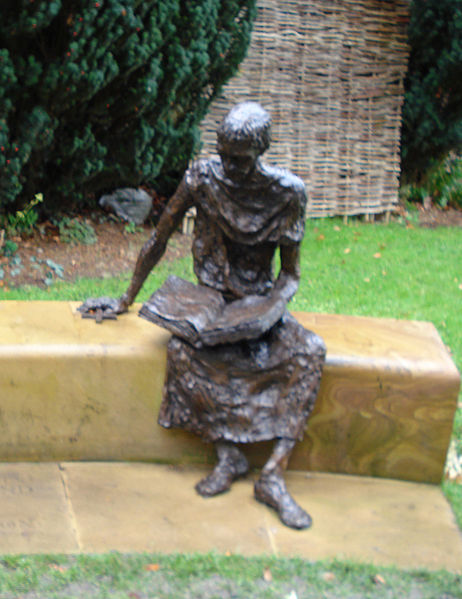
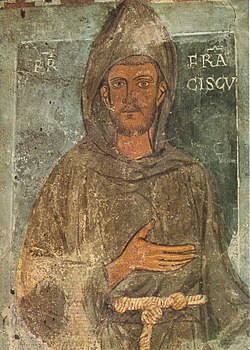
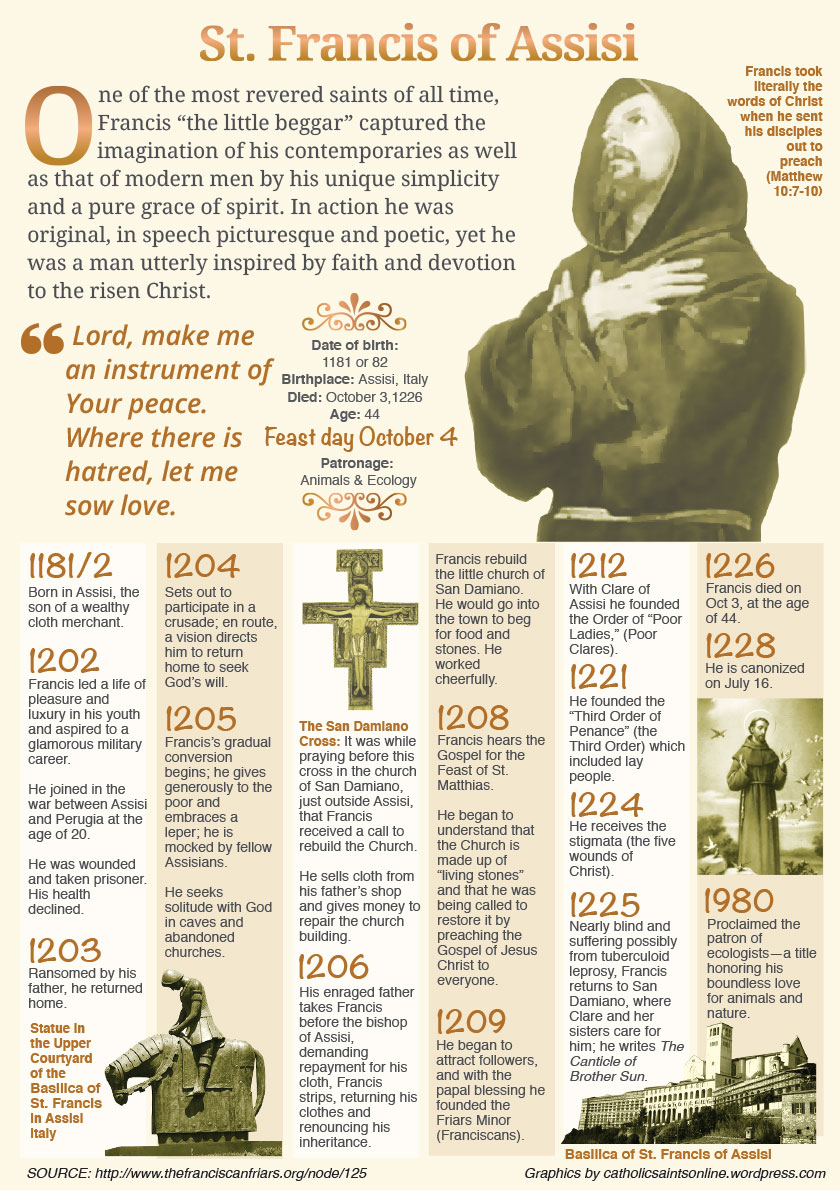






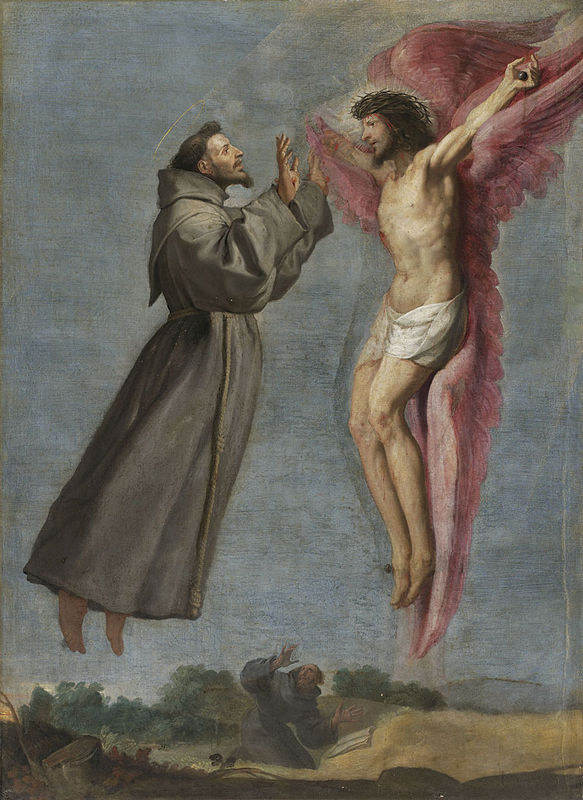

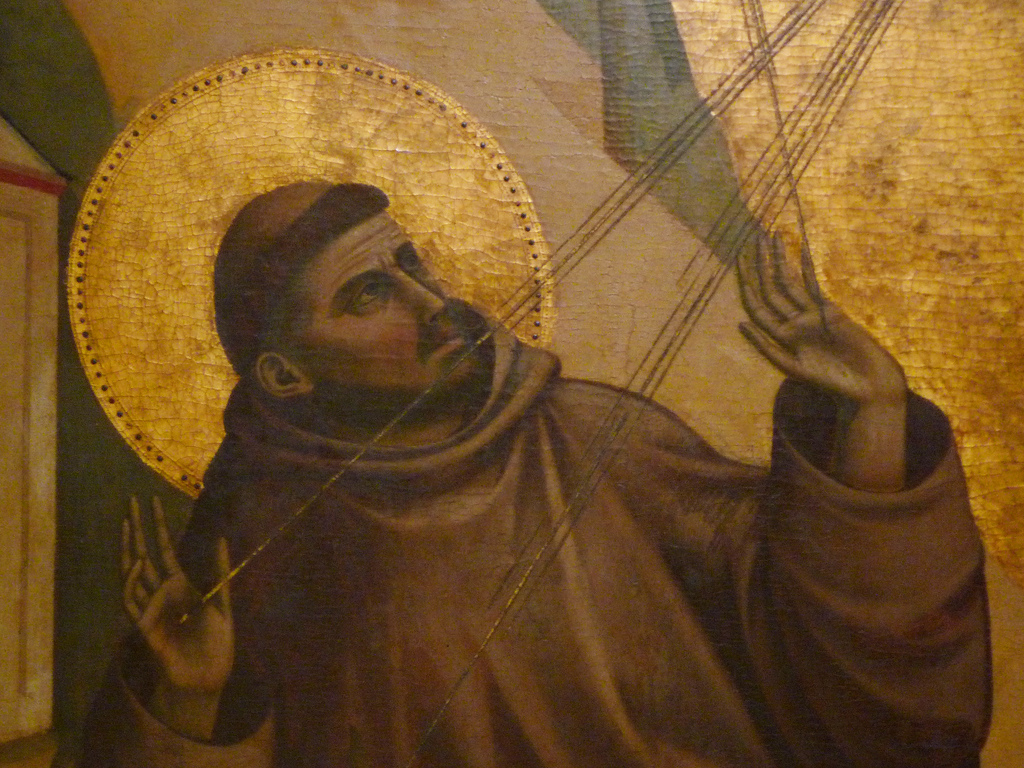
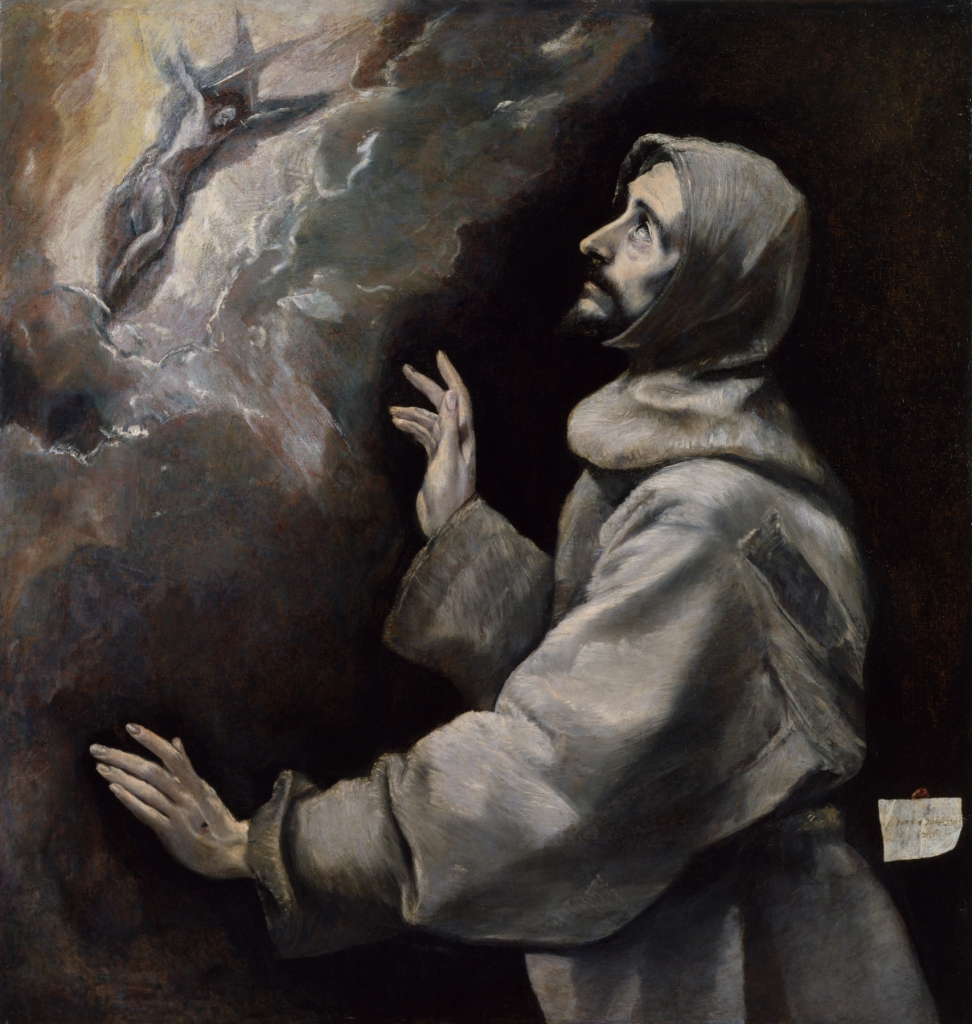
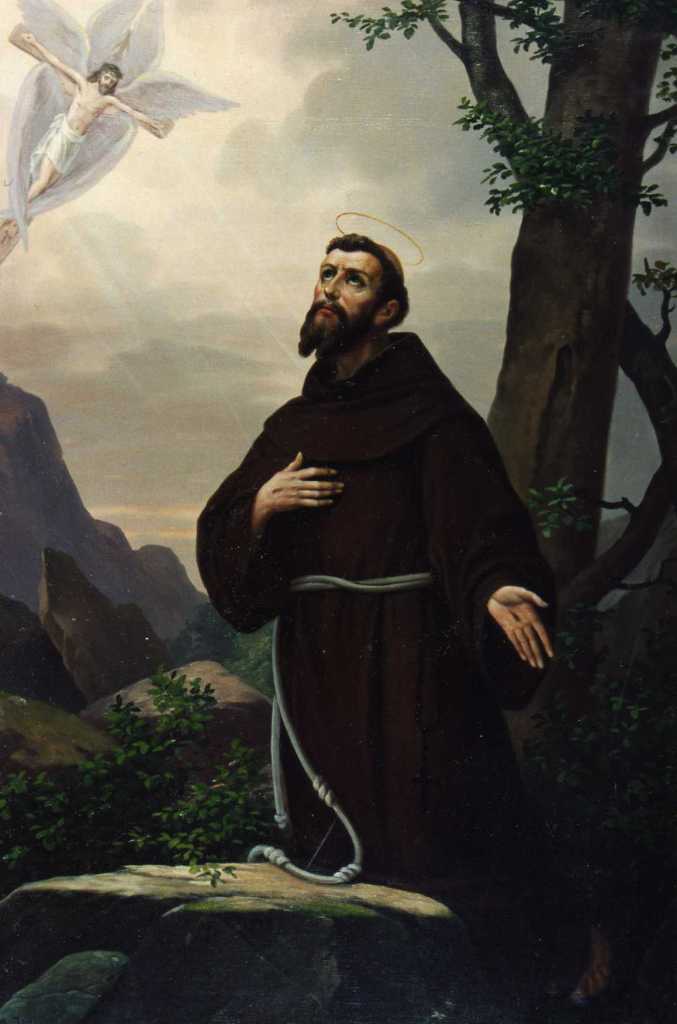
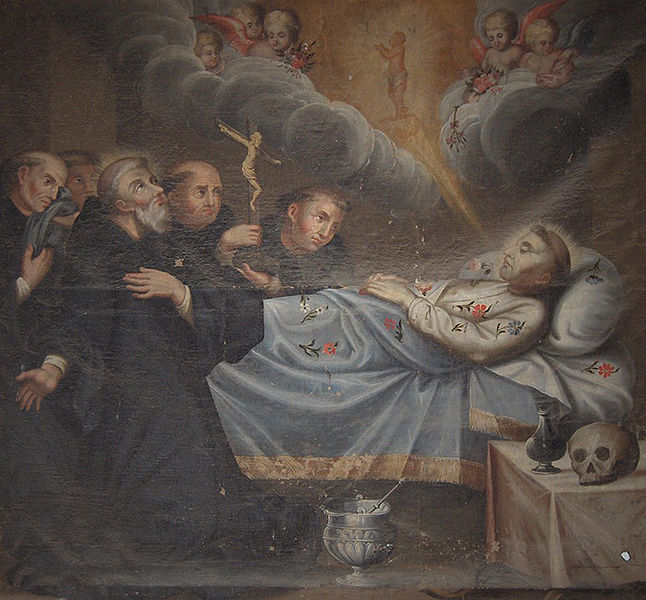


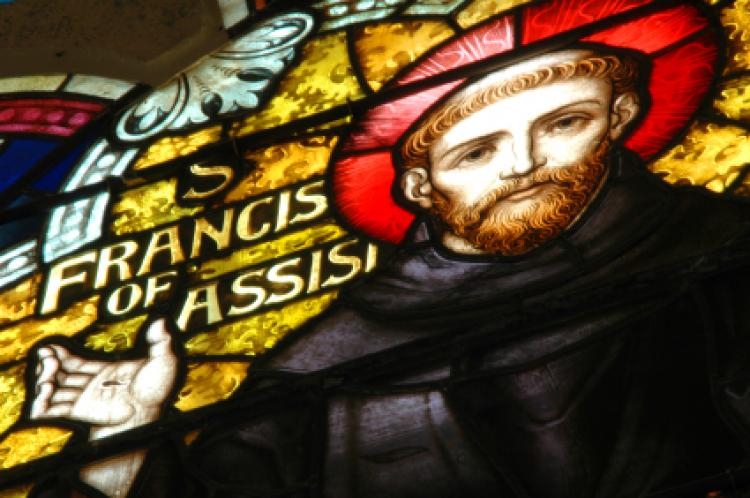
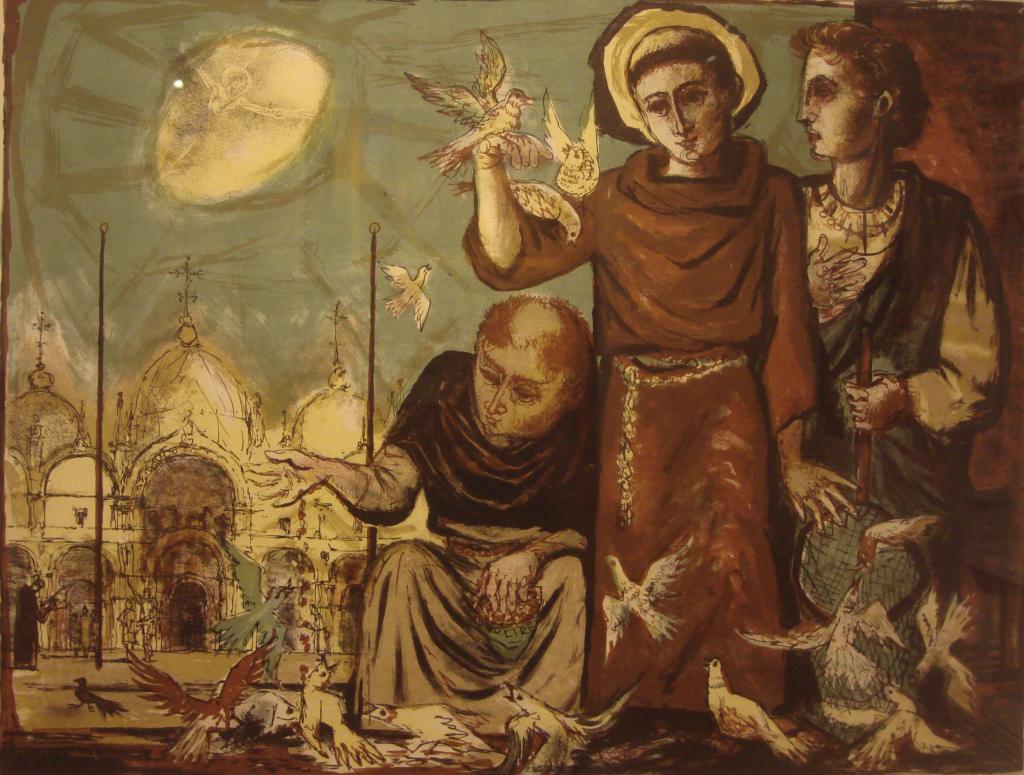







You must be logged in to post a comment.